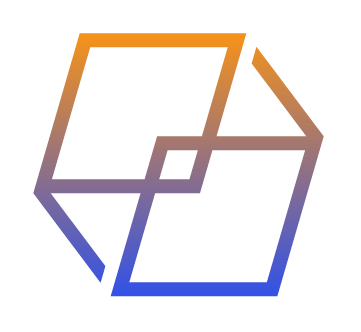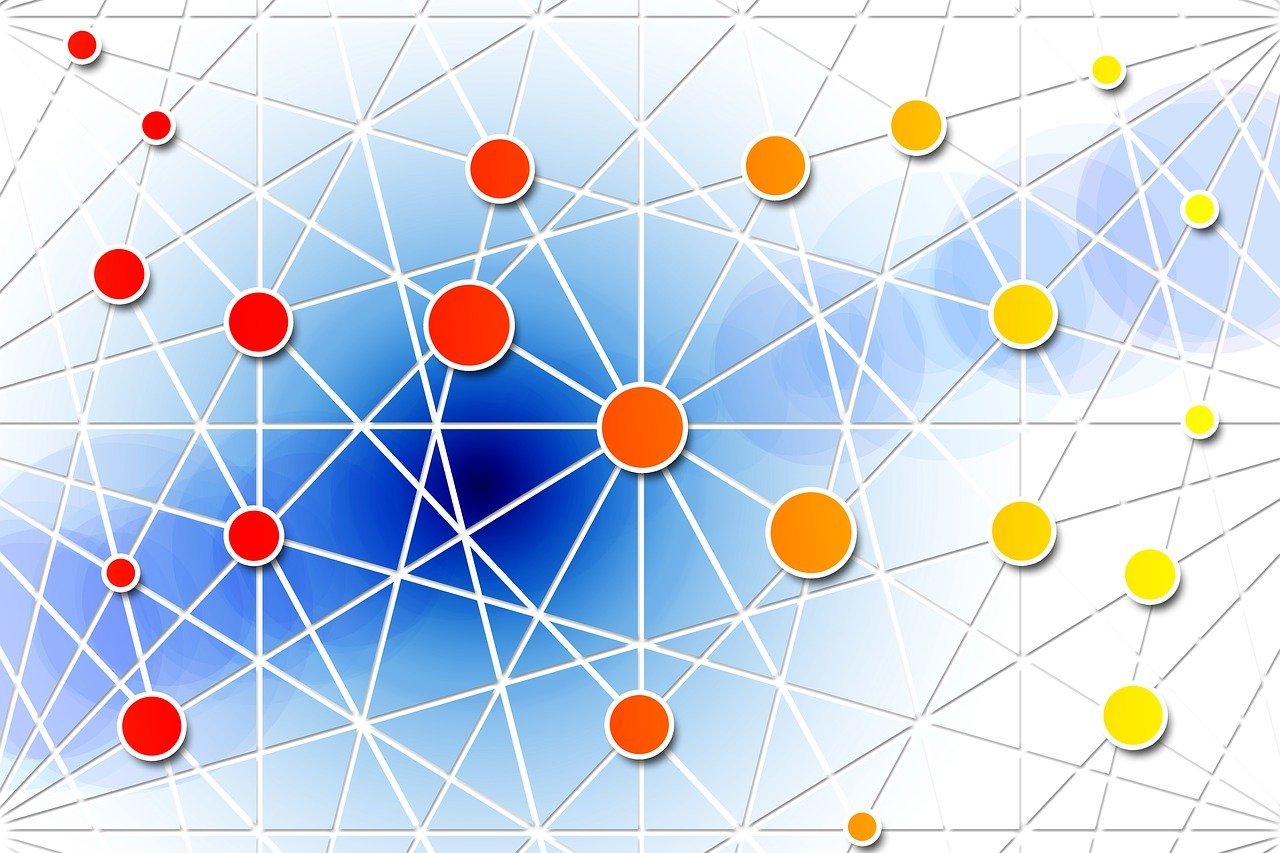Let’s start with the definition of DAO, “Decentralized Autonomous Organization,” which is a decentralized organization of people where control of it is in the hands of those who participate.
They are usually based on smart contracts, so that you have a governance token to be able to vote on the future decisions of the organization.
It is therefore possible to associate it with an innovative business model, where there are no bosses in a company and everyone decides together.
Very often the impact of one person’s vote also depends on that person’s meritocracy, how much he or she has participated within the DAO, and how useful he or she is within the DAO.
History of DAOs
The DAO model does not come about randomly; rather, it stems from the first DAO, which was created on the Ethereum network and was tasked with creating a fund to support new projects in the crypto world, thus choosing the most deserving with internal voting.
The DAO did not end well, however, as in 2016 a hacker managed to tamper with the code so he could transfer the funds collected to his own wallet (nearly $70 million at the time).
This sparked a revolution within Ethereum, creating a hard fork to solve this problem and thus creating the Ethereum we know today, leaving Ethereum Classic behind.
Since that event, we have not seen a DAO as well known until 2020, the year of the DeFi boom that brought new innovative projects to the surface, taking over this business model.
Types of DAOs
Right now there are several types of DAOs, let’s look at them in detail:
- Crypto projects: if based on decentralized governance where token holders have the ability to vote, then they can be considered DAOs;
- Investment funds: taking Ethereum’s old DAO as an example, thus voting for the allocation of funds to invest in innovative projects;
- Collectibles/NFTs: to create art galleries and investment funds to support specific categories of artists.
Constitution DAO
One of the most striking and famous examples in recent months is the Constitution DAO, created for the sole purpose of auctioning off one of the 12 remaining copies of the U.S. Constitution.
Created within a few weeks, they managed to raise $50 million in Ethereum and participate in the auction, reaching bids of $41 million.
Unfortunately, due to the auction house’s transportation and commission costs, they were unable to continue.
Now, all those who put money into the cause have the option to take back their portion of the investment and exit, or leave the money for future projects or purchases.
Other examples of DAOs
- Flamingo DAO: a collective of 64 investors and art collectors. They have pooled a common capital of 7920 ETH. Participants then have the ability to send money, vote for which piece of art to buy, and have direct access to the DAO’s common collection.
- Maker DAO: is a decentralized bank that can create loans in ETH and then maintain debts with their participants. The way it works is to deposit a certain amount of ETH and put it on the block within the ‘bank’ called CDP (Collateralized Debt Position). Then, users can borrow in the stablecoin of the DAO itself, called DAI.
The future
DAOs themselves are a bit of a glimpse into the future.
They will play a key role in Web3 and more and more DAOs are being created every day, thus increasing the visibility and awareness of this type of business.
Indeed, they also allow one to remain completely anonymous within a company and be defined as a collective identity.
They may also play an important role in gaming, where players with more hours of play or more game currency will be able to decide on future updates, collaborations, and types of activities, thus creating a direct feedback link between the development team and community.

